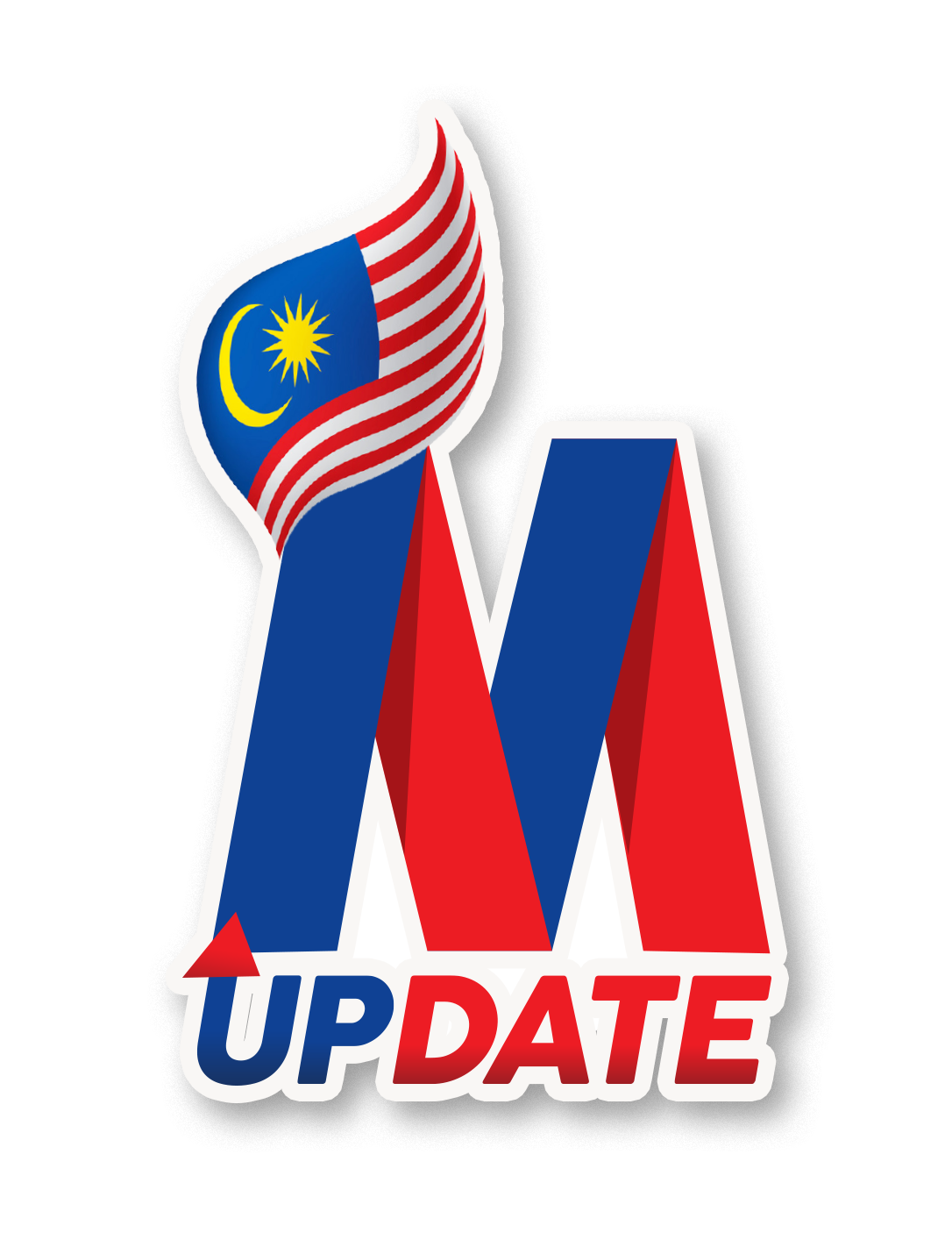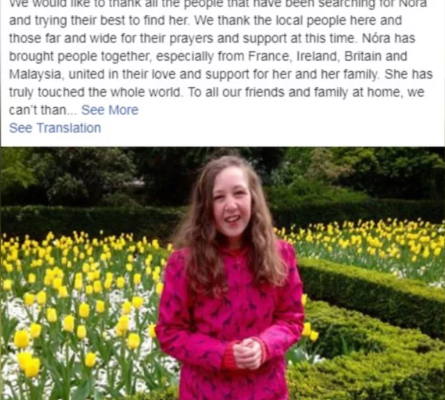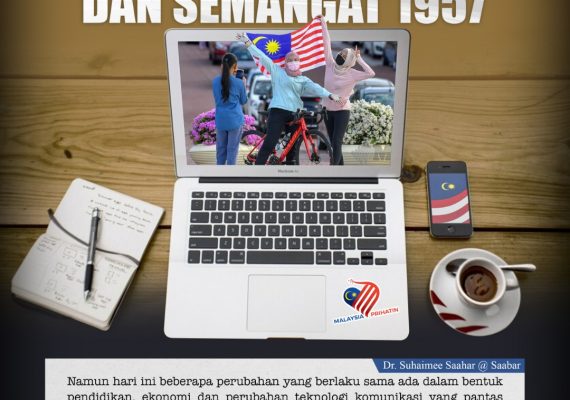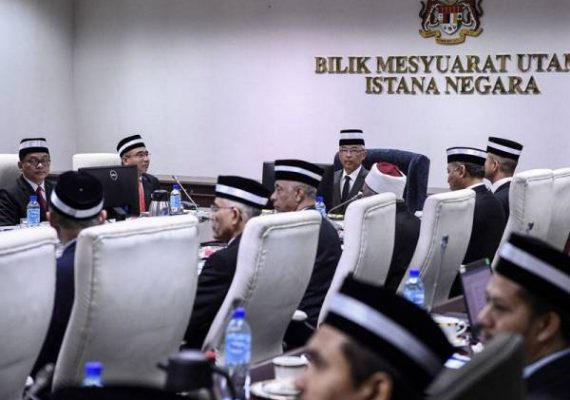
M Update, 7/2/2019 – Interracial couples. A guide dog for blind people. A person using a wheelchair.
These were among the new emojis announced this week by the Unicode Consortium, the nonprofit that provides standards for text on the internet and oversees emojis.
The list — which includes 59 new emojis, as well as variants for a total of 230 options — emphasizes inclusivity. People will soon be able to create a “holding hands” emoji to reflect their own relationship, selecting for the skin color and gender identity of each individual. Other options include emojis showing a hearing aid, prosthetic limbs, sign language, a cane or a wheelchair.
A host of other new symbols include an otter, a sloth, a waffle, falafel, a yawning face, a white heart, a sari and a contentious one-piece bathing suit.
In a world where people use emojis to represent everything from weddings to poop, the announcement naturally led to much discussion, with an image of a drop of blood becoming a new way to talk about menstruation and a pinching symbol leading to jokes about a certain male body part being very, very small.
But don’t expect to see the latest offering on your keyboard just yet. That will most likely happen later this year.
The Unicode Consortium sets the standards for emoji compatibility, allowing the symbols to translate across the internet. Then companies like Apple and Google have to design emojis and incorporate the code into their operating systems, Greg Welch, a board member for Unicode, said in an interview on Wednesday. New emojis typically come to cellphones in September or October, Unicode said in the announcement.
On Wednesday, a representative for Apple pointed to its proposal for Unicode to create accessibility emojis, which said that the new emojis would “foster a diverse culture that is inclusive of disability” and help people express themselves, as well as show support for loved ones.
A representative for Google said on Wednesday that it hoped to release the new emoji designs soon.
The latest update continues a trend toward greater emoji diversity, which began in earnest a few years ago when a range of skin tones was introduced. In 2017, Apple introduced a hijab emoji.
“You see people are asking for curly hair or skin tone and bald and hijab,” said Jennifer 8. Lee, who serves on Unicode’s emoji subcommittee and helped found Emojination, a grass-roots effort to make emojis more inclusive.
“In many ways it’s because people are trying to say the word ‘I,’” Ms. Lee, who previously worked as a reporter at The New York Times, said in an interview on Wednesday. “They are trying to represent themselves in emojiland.”
Tinder, the online dating app, had campaigned for Unicode to better represent couples of different races and genders in the “universal language of the digital age.”
“Love is universal,” Tinder’s website says. “And it’s time for interracial couples to be represented in our universal language.”
“It’s huge and historic,” said Ken Tanabe, the founder of Loving Day, an organization that encourages people to celebrate the anniversary of the Supreme Court decision that legalized interracial marriage.
“You are talking about marriages and starting families,” he said in an interview on Wednesday, adding that he had heard from people who could not find a wedding cake topper that reflected their relationship and chose to use black and white chess pieces instead.
“Having an emoji that’s already there, it feels like hey, we are part of the conversation,” he said. “We are part of the community. We are represented in the most personal part of our lives.”
Apple had advocated adding emojis to represent people with disabilities. In a statement on Wednesday, Howard A. Rosenblum, the chief executive of the National Association of the Deaf, a civil rights organization for deaf and hard of hearing people, said it worked with Apple to help create the deaf emoji and hoped it would help “raise awareness throughout the world about Deaf Culture and the many sign languages that exist.”
Sumber: Ny Times














